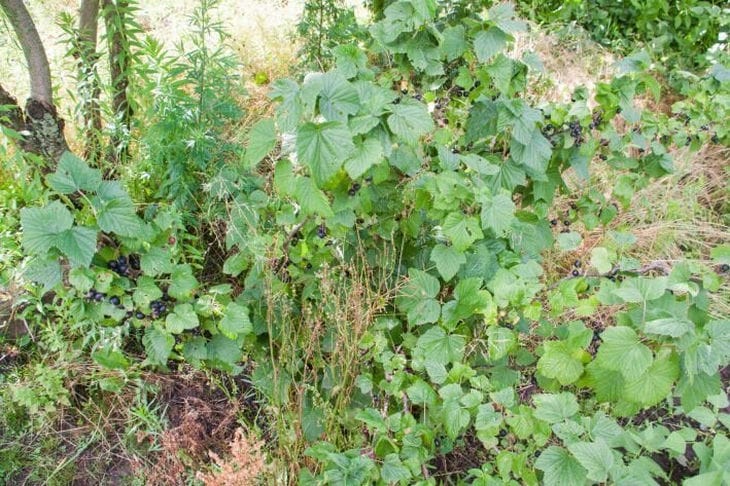5 ways to ruin blackcurrants: the plant will not like this kind of care
Black currant is one of those crops that can be found in every summer cottage.
But, despite its prevalence, there is no guarantee that summer residents know how to properly care for currants, says Anastasia Kovrizhnykh, an expert of the online publication BelNovosti, an agronomist, and a landscape designer.
So it's time to get acquainted with the five most common mistakes that threaten to harm your harvest.
Wrong variety
Don't rush to buy imported seedlings. As practice shows, you will get the best harvest from plants bred by domestic breeders.
Bad seedlings
To select high-quality planting material, it is worth examining not only its above-ground part, but also the roots - the more developed the root system, the better and faster the plant will take root, and therefore, will begin to bear fruit.

Mistake in choosing a location
If you leave your currants in a shaded or swampy area, be prepared for the plant to get sick often and produce a meager harvest.
Treatment against diseases and pests
Again, speaking from experience, folk methods of treatment aimed at eradicating pests and pathogens are only suitable in the early stages. If the bush is severely affected, only purchased fungicides and insecticides will save it.
Fertilizers
Plants are unlikely to reward you with a large number of large and sweet berries without additional feeding, but you shouldn’t overdo it either. This applies to both organic and mineral compositions.
